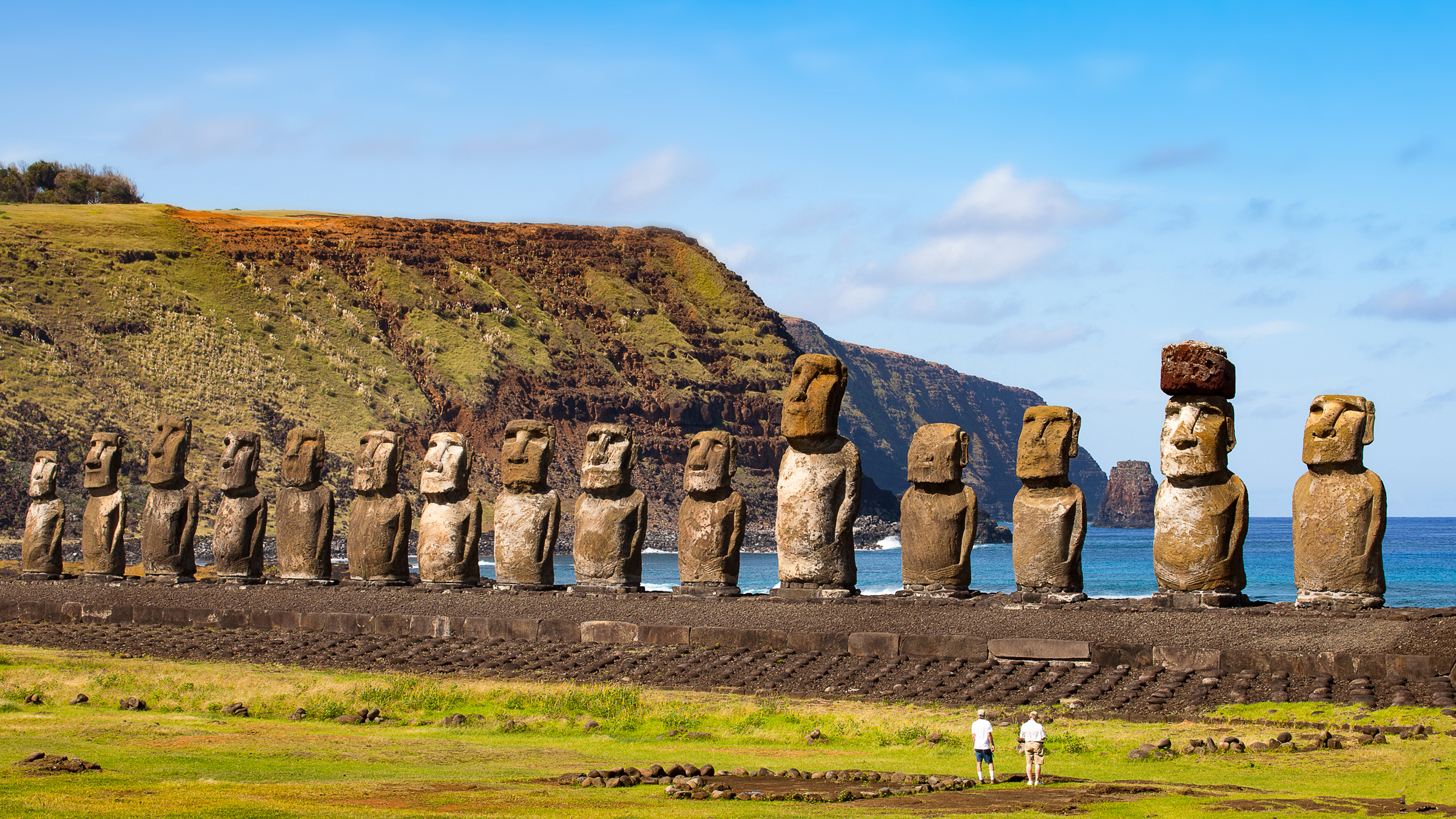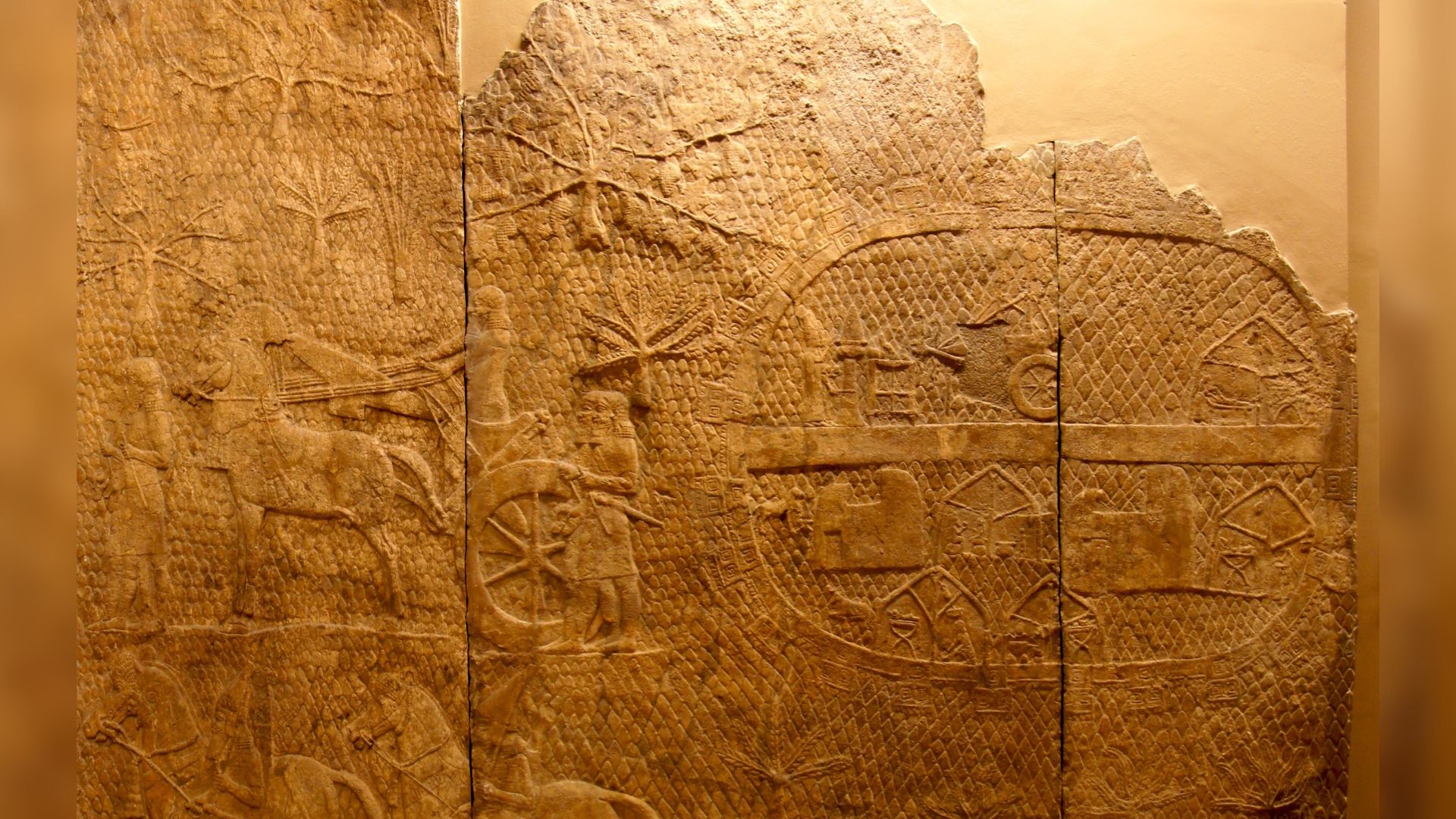
Owen Jarus
Owen Jarus is a regular contributor to Live Science who writes about archaeology and humans' past. He has also written for The Independent (UK), The Canadian Press (CP) and The Associated Press (AP), among others. Owen has a bachelor of arts degree from the University of Toronto and a journalism degree from Ryerson University.
Latest articles by Owen Jarus
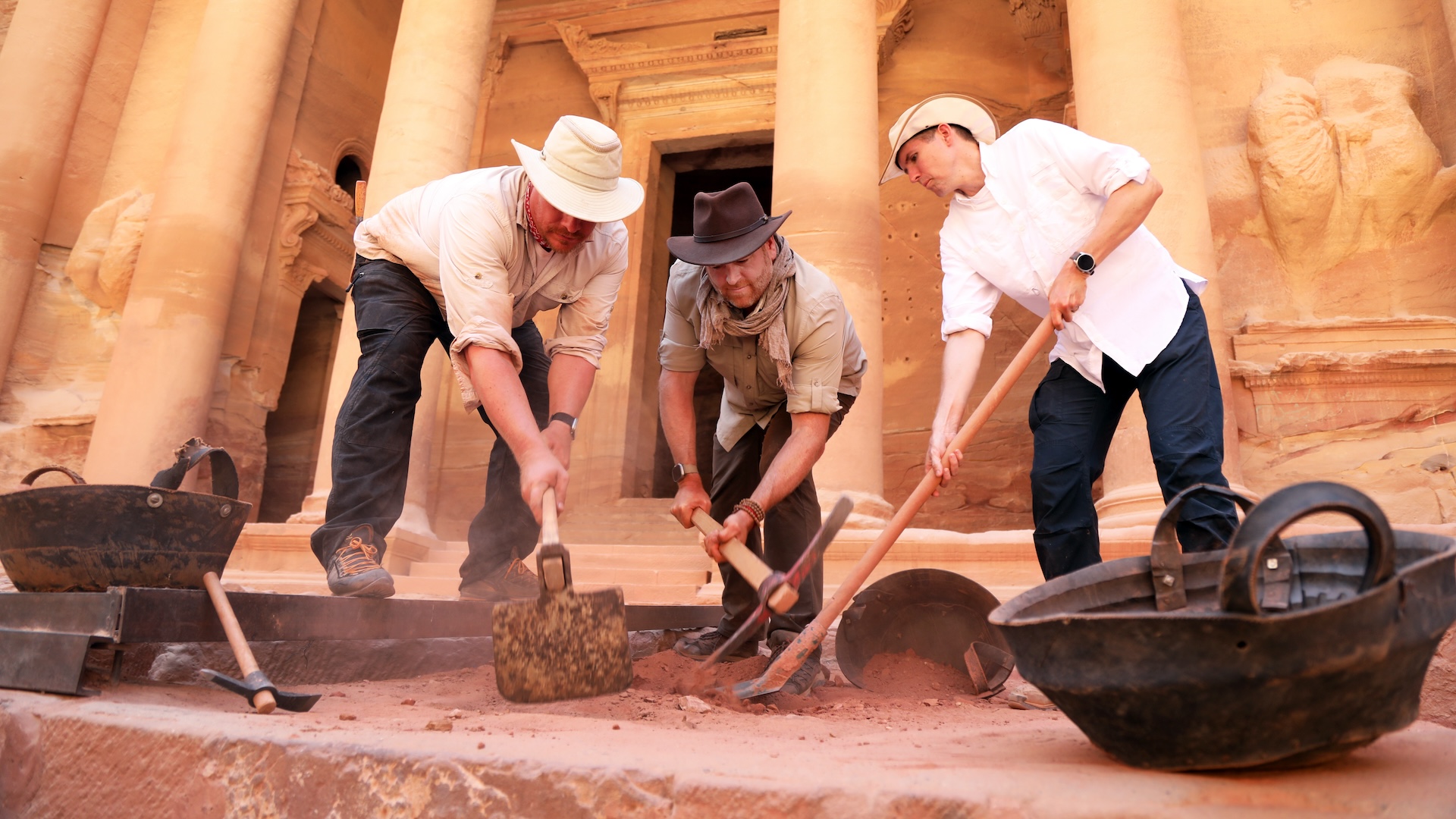
2,000-year-old tomb holding 12 skeletons found at Petra where 'Indiana Jones and the Last Crusade' was filmed
By Owen Jarus published
Archaeologists have discovered a 2,000-year-old tomb containing the remains of 12 individuals at Petra in Jordan.
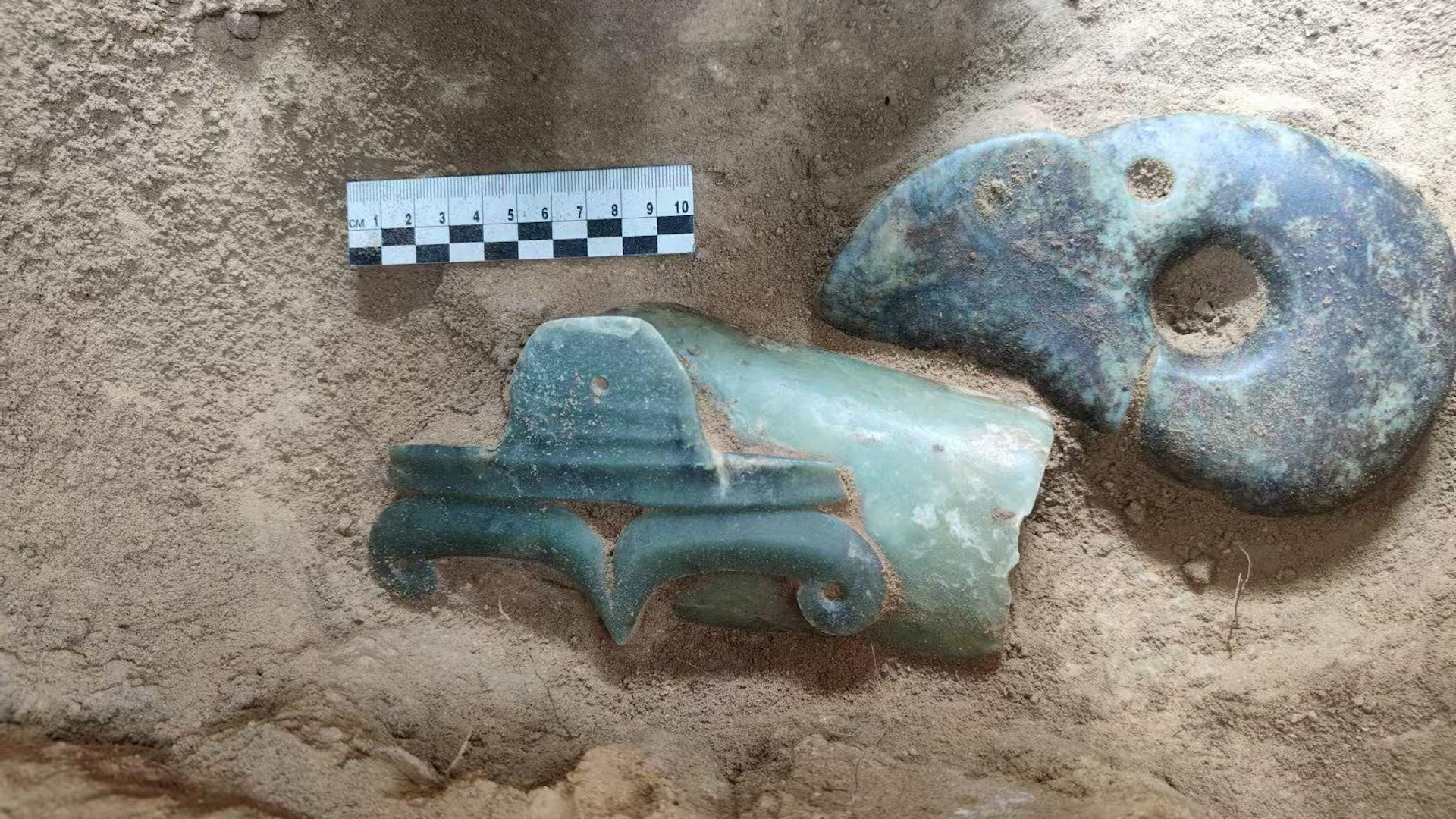
5,000-year-old jade 'dragon' unearthed in tomb in China
By Owen Jarus published
Archaeologists have found the largest ever jade "dragon" made by the Neolithic Hongshan culture on record.
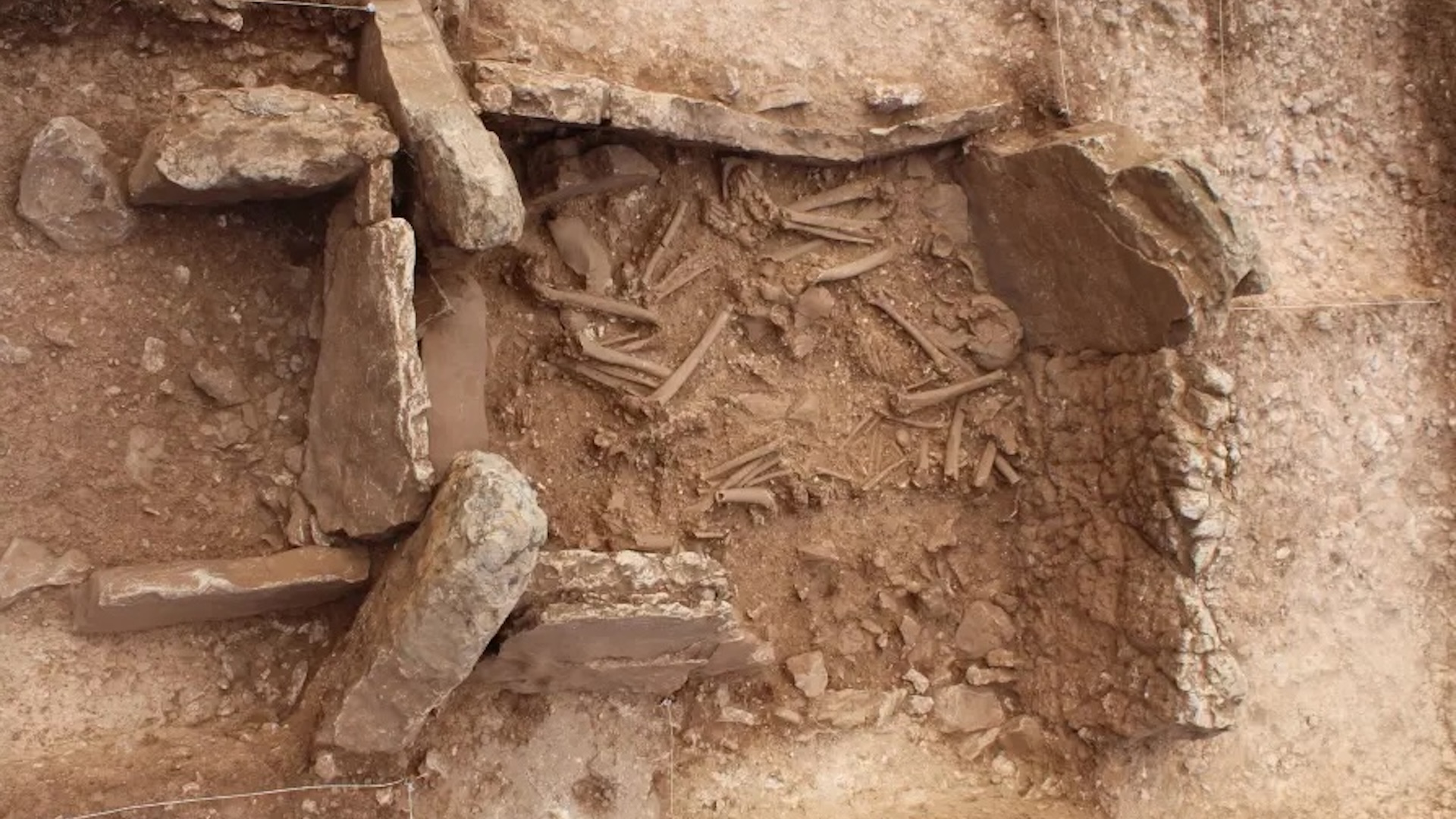
5,000-year-old cemetery in Spain has twice as many females as males, and nobody knows why
By Owen Jarus published
There are more than twice as many females as males buried in an ancient cemetery in Spain, a new study finds — but no one knows why.
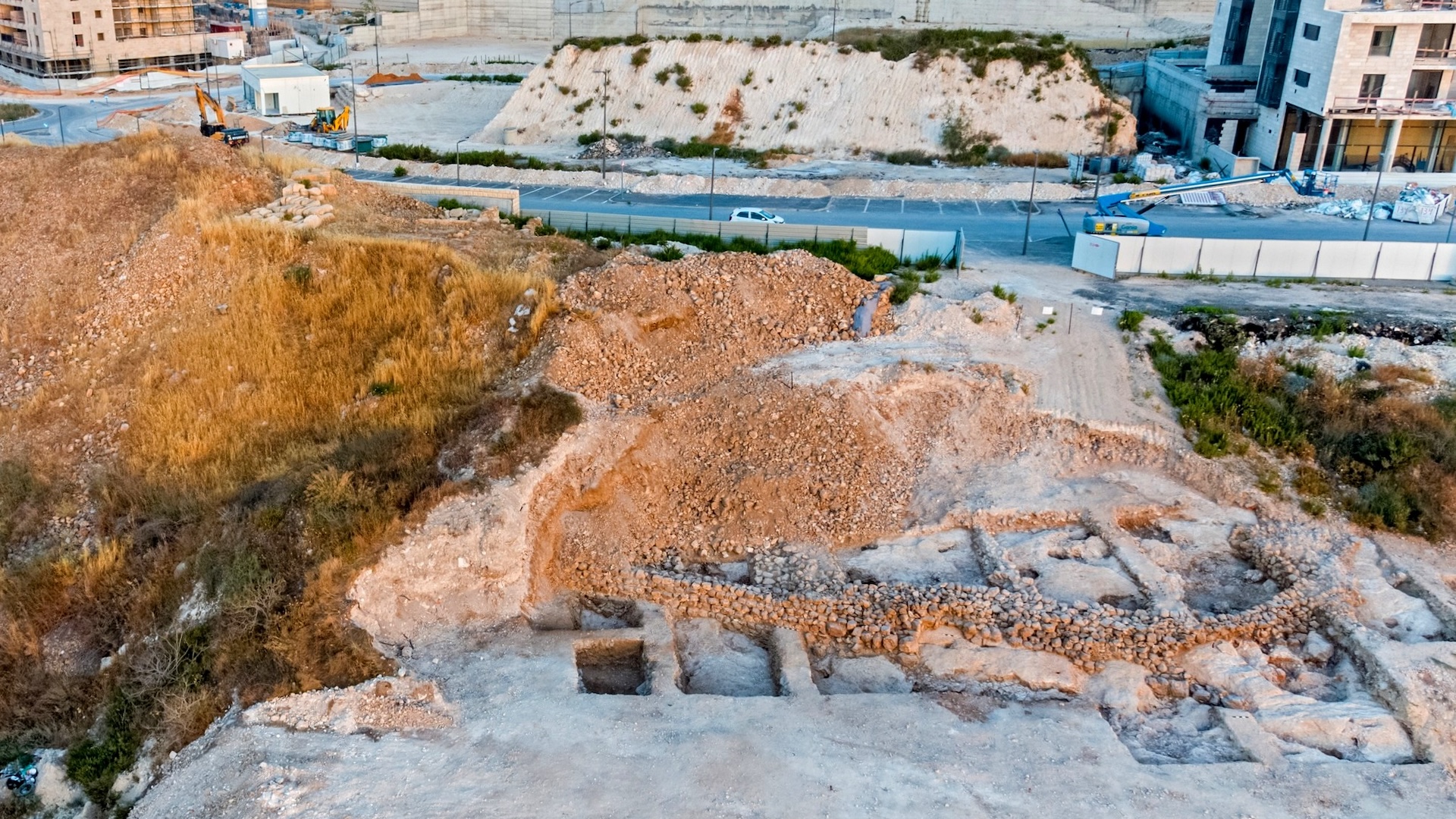
Evidence of Assyrians' conquest of Holy Land discovered in Jerusalem
By Owen Jarus published
The discovery of a building that the Assyrians likely tore down in the eighth century B.C. reveals the political dynamics of that age in Jerusalem.
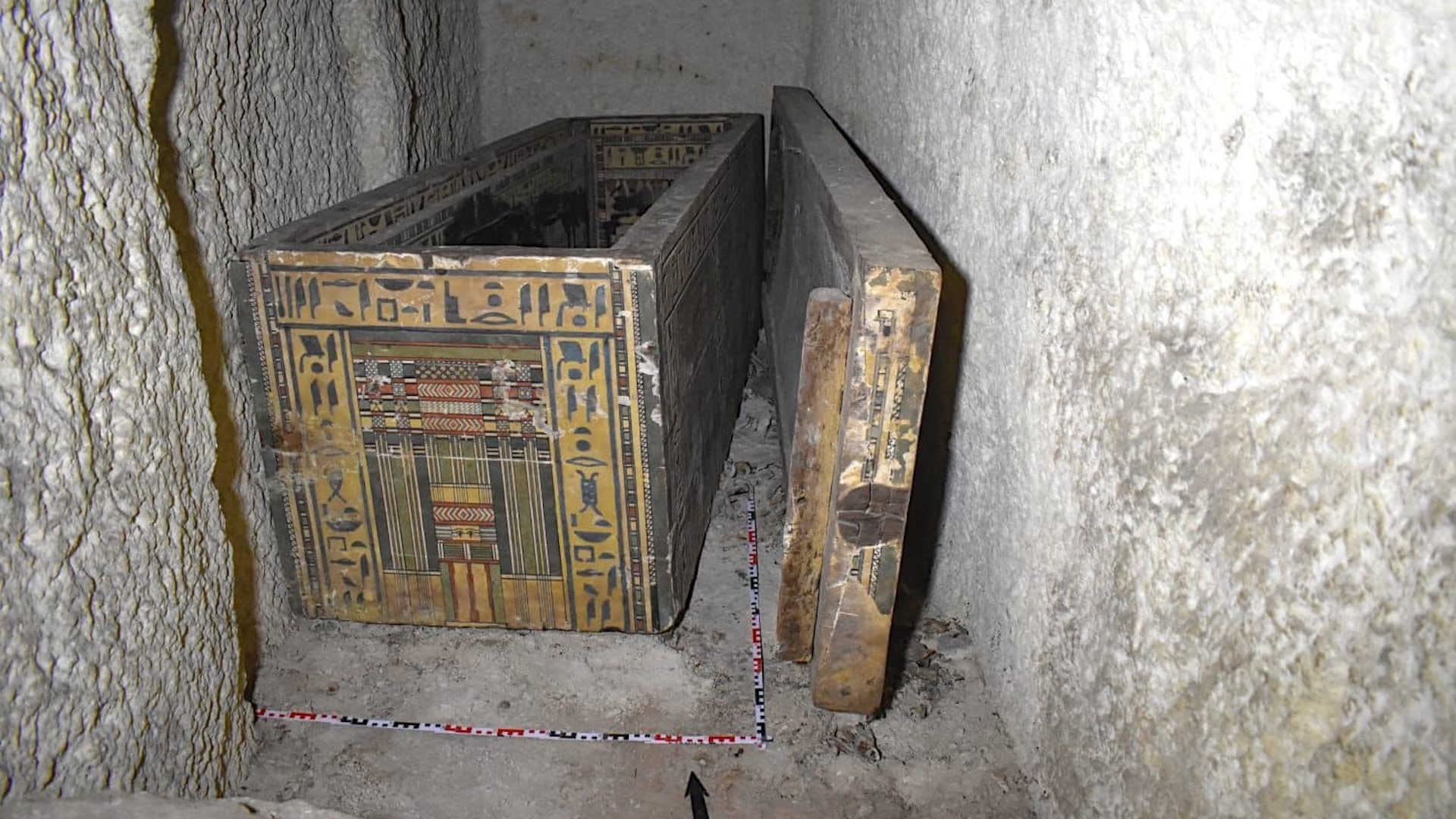
'Extraordinary' burial of ancient Egyptian governor's daughter discovered in a coffin within another coffin
By Owen Jarus published
Archaeologists have discovered a 4,000-year-old tomb that belonged to an ancient Egyptian governor's daughter.
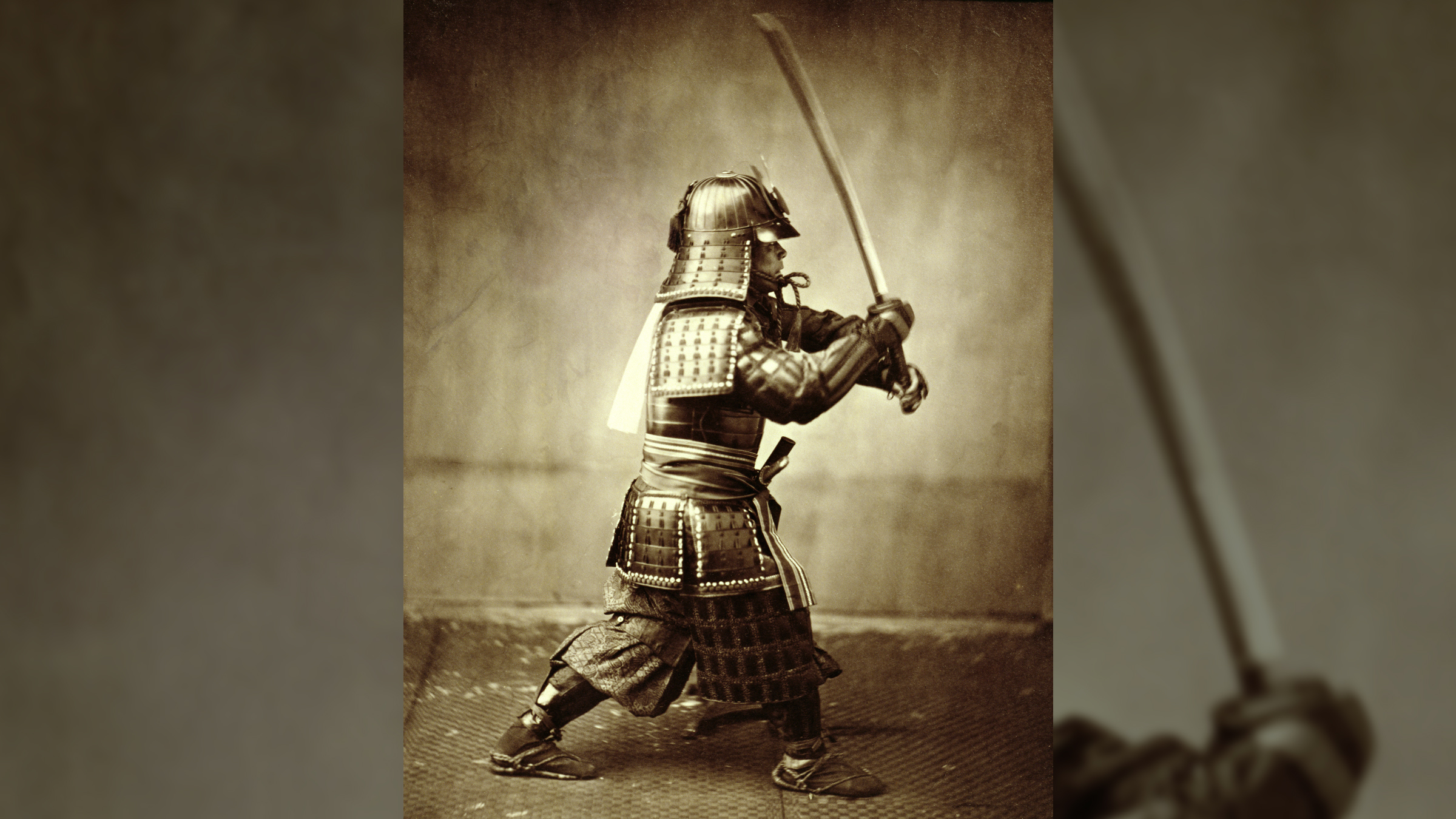
'Secret teachings' about ritual Samurai beheading revealed in newly translated Japanese texts
By Owen Jarus published
Four newly translated Japanese texts describe how ritual samurai beheadings were supposed to take place during the Edo period and later.
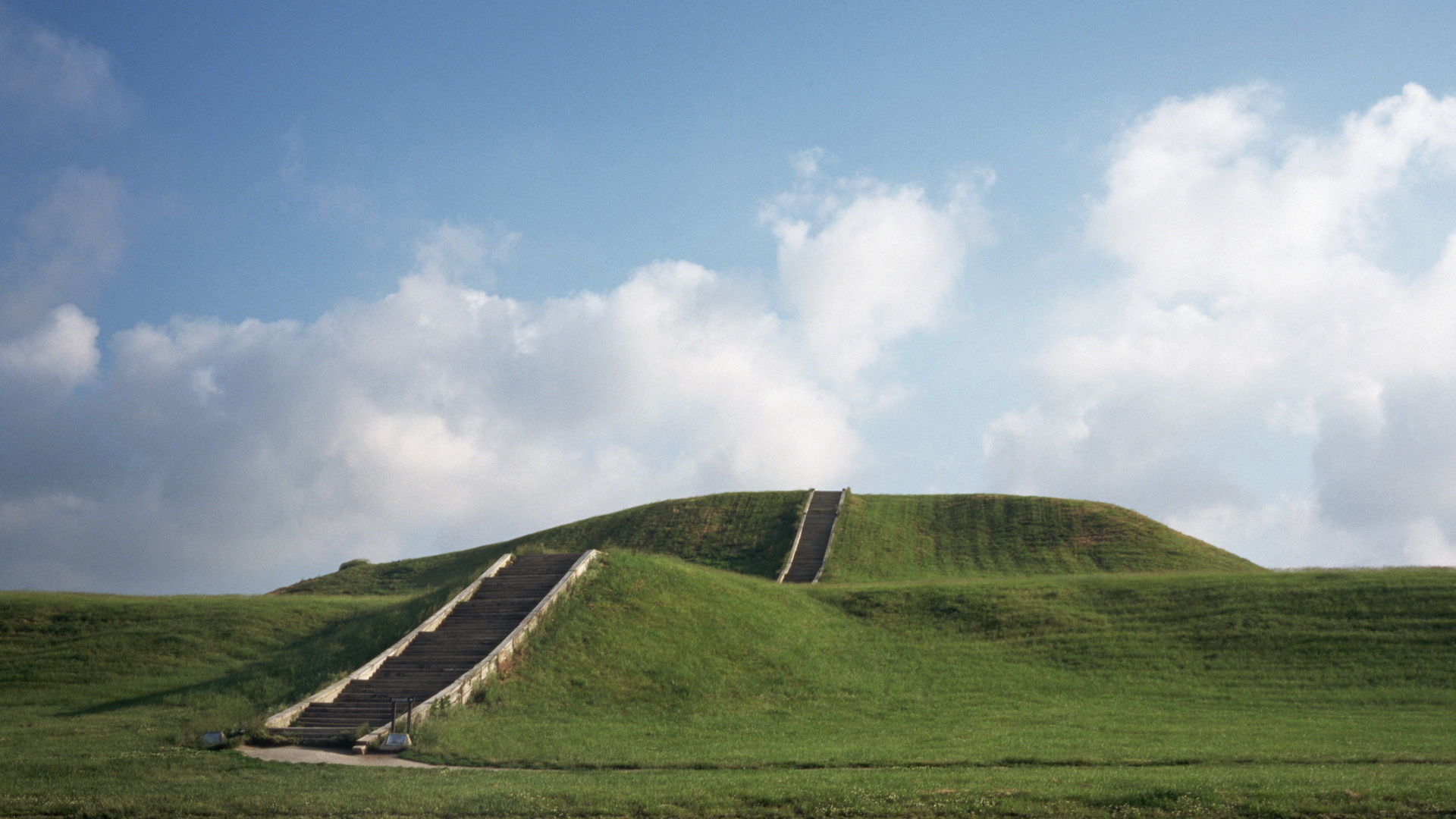
Cahokia: One of the 1st cities in North America
By Owen Jarus last updated
Cahokia, in modern-day Illinois, was one of the largest cities in the world.
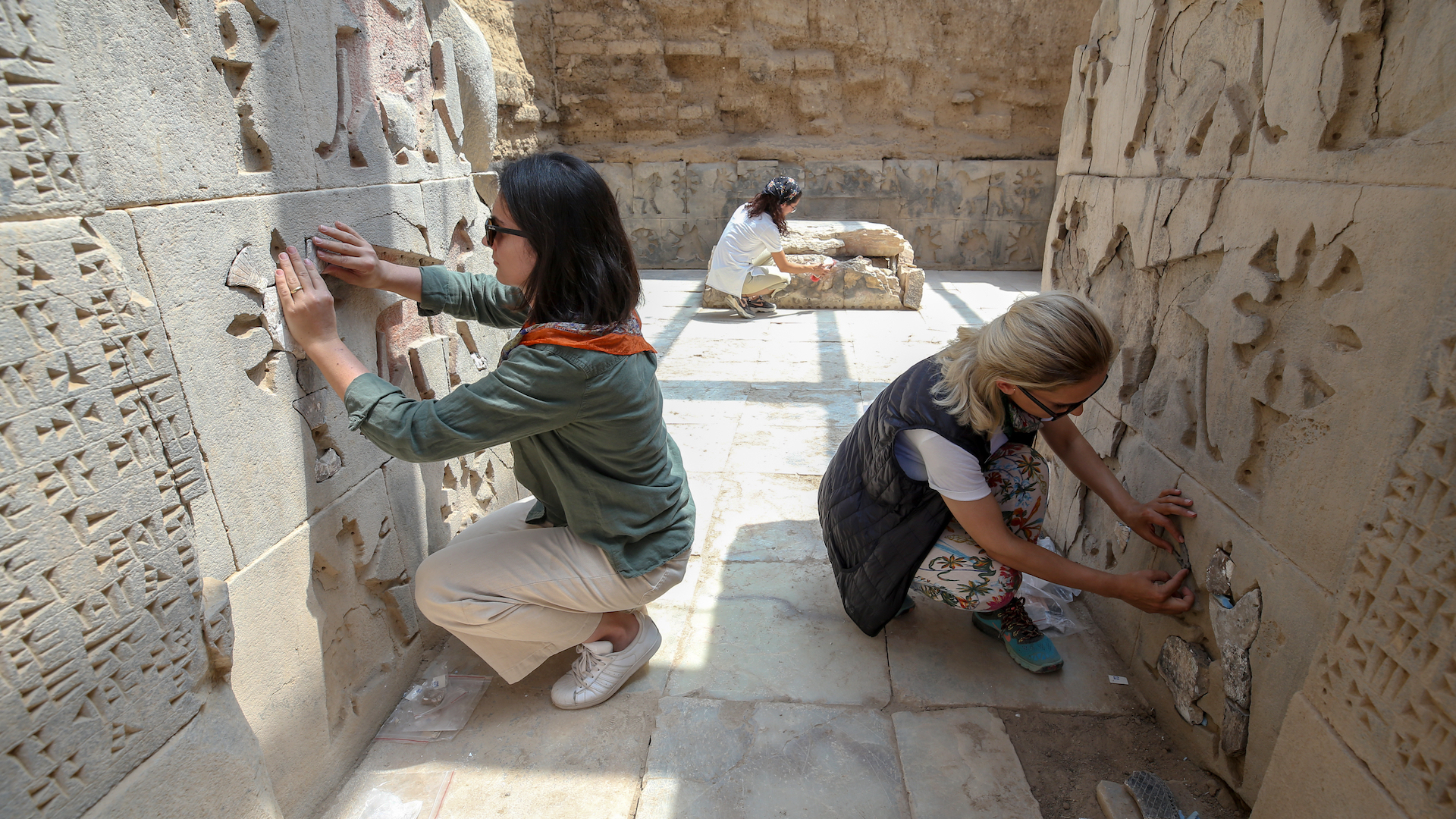
2,700-year-old shields and helmet from ancient kingdom unearthed at castle in Turkey
By Owen Jarus published
The martial artifacts found at the temple complex were likely offerings that an ancient kingdom made to their chief god.
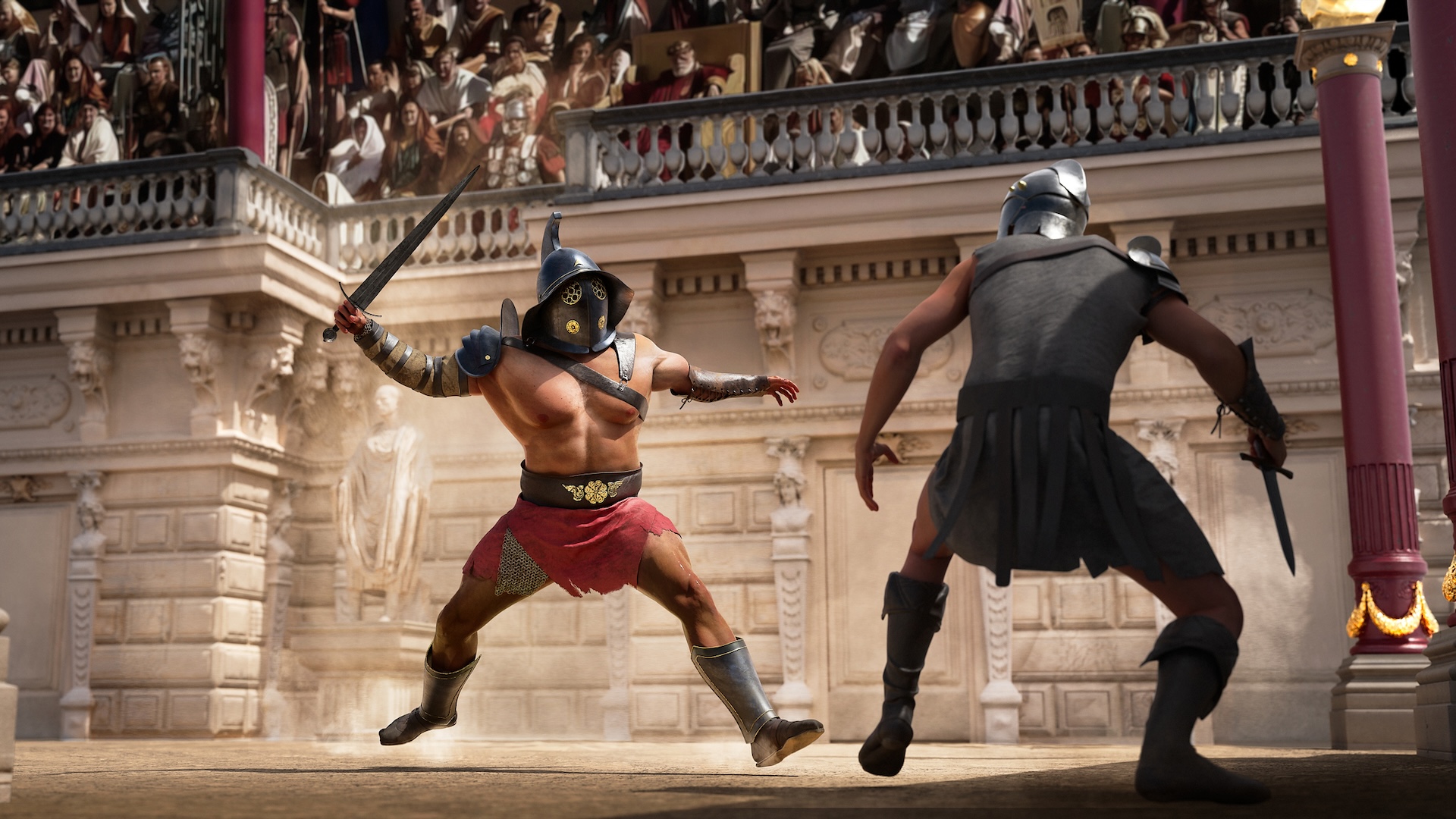
Did Roman gladiators really fight to the death?
By Owen Jarus published
Being a Roman gladiator was a bloody business, but did all gladiators really fight to the death?
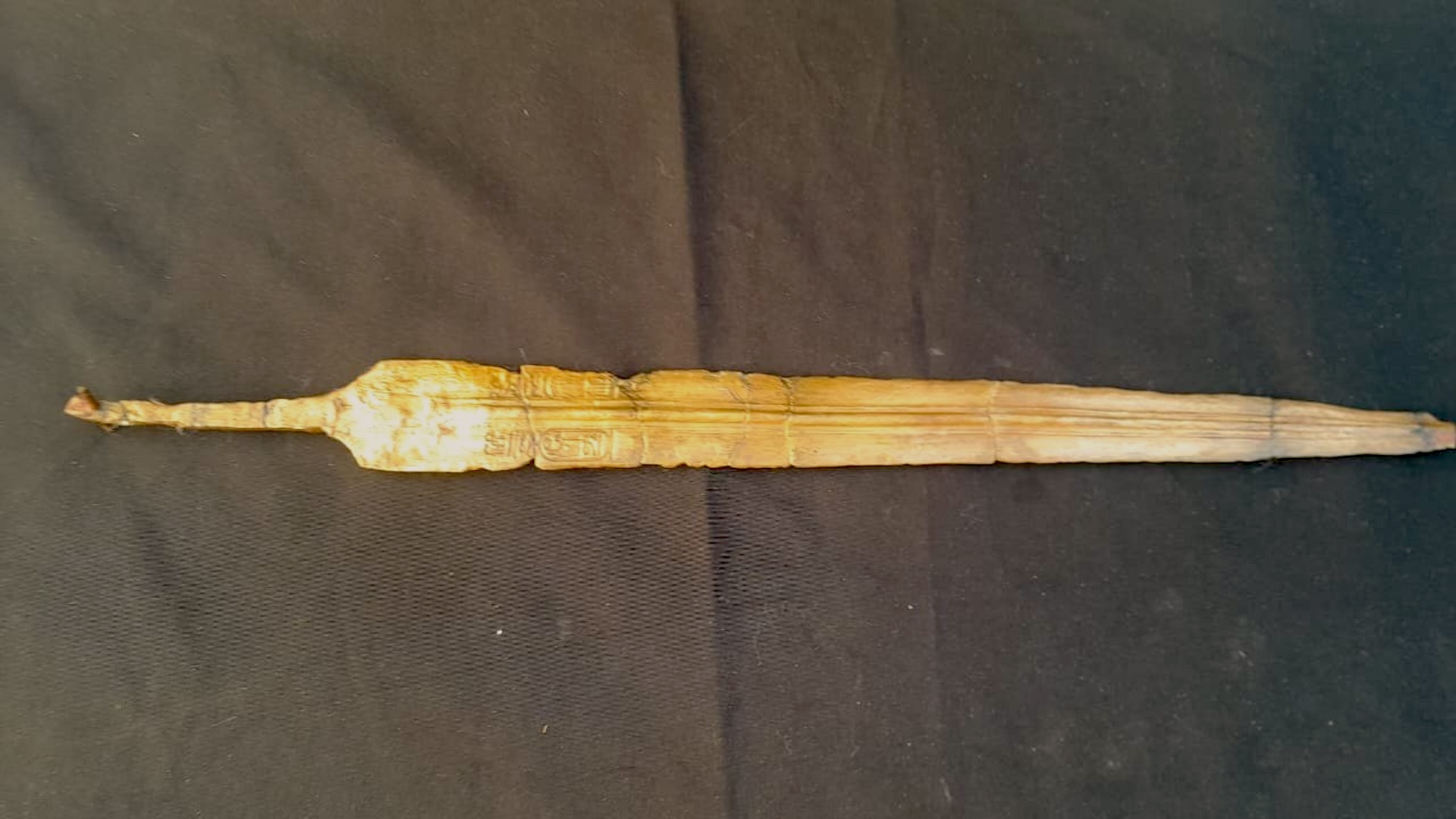
3,200-year-old ancient Egyptian barracks contains sword inscribed with 'Ramesses II'
By Owen Jarus published
The newfound barracks may have been built partly because the Libyans were becoming a growing threat to ancient Egypt.

Vikings in Norway were much more likely to die violent deaths than those in Denmark
By Owen Jarus published
Viking Age skeletons in Norway were much more likely to bear signs of lethal violence than those in Denmark, possibly because society in Norway was less stratified and centralized.
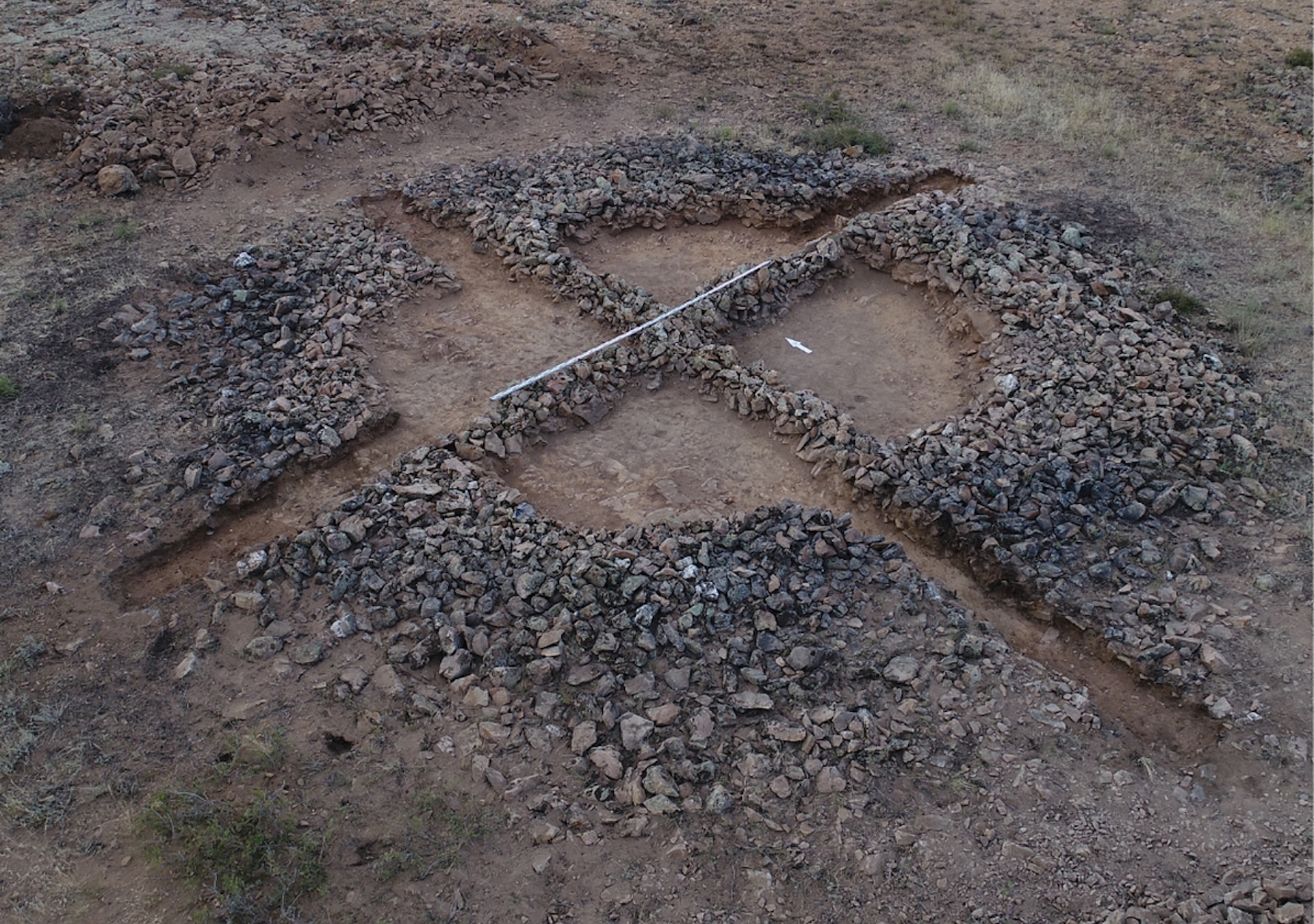
Mysterious 'mustached' burial mounds in Kazakhstan date to the Middle Ages
By Owen Jarus published
Archaeologists in Kazakhstan have discovered 10 kurgans, or burial mounds, dating to the Middle Ages, and some have "mustaches."
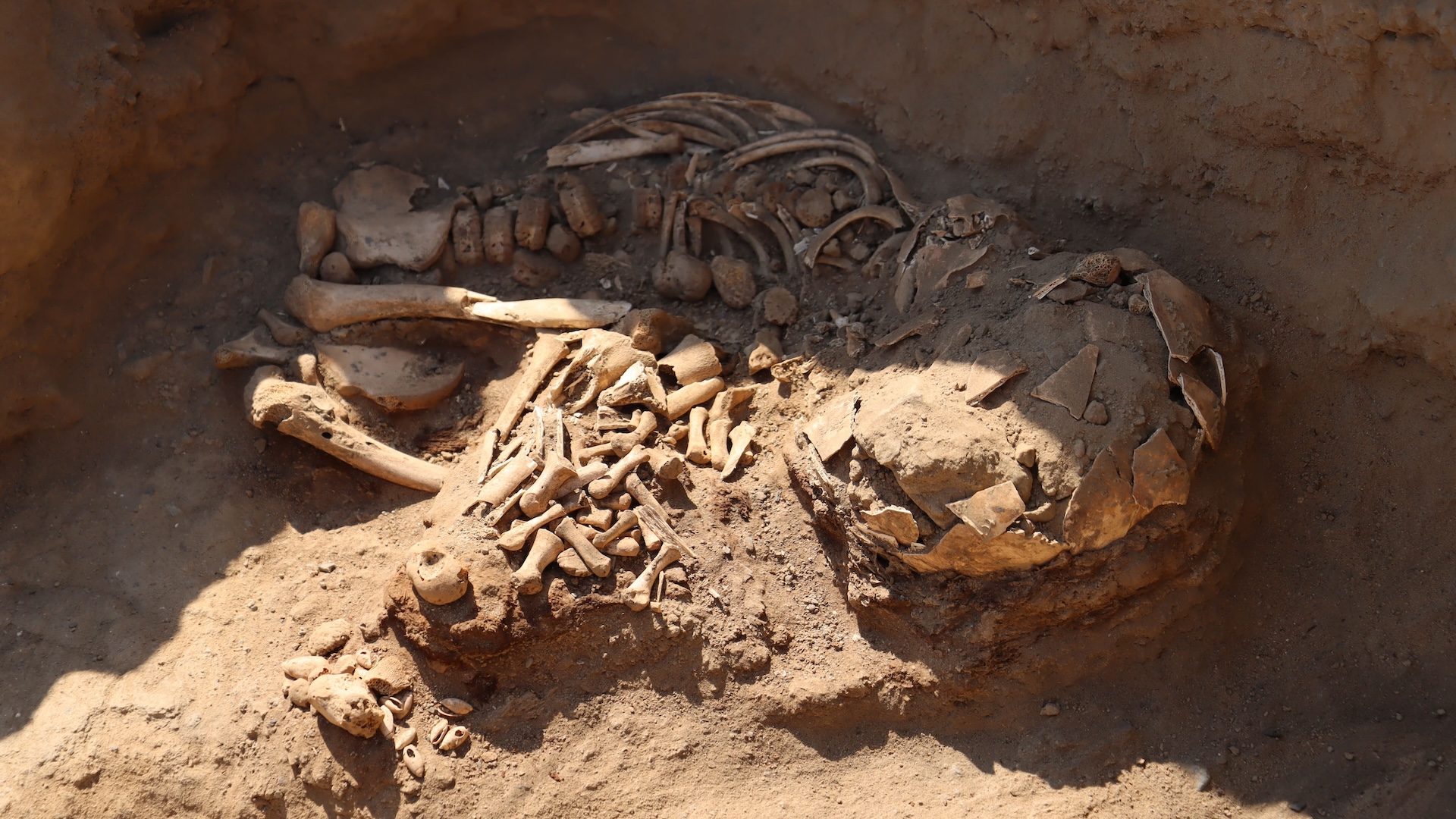
Rare pre-Inca burials of 4 people found at 'water cult' temple in Peru
By Owen Jarus published
Archaeologists have found the skeletal remains of four people — two children, a teenager and an adult — at a site in Peru that predates the Incas.
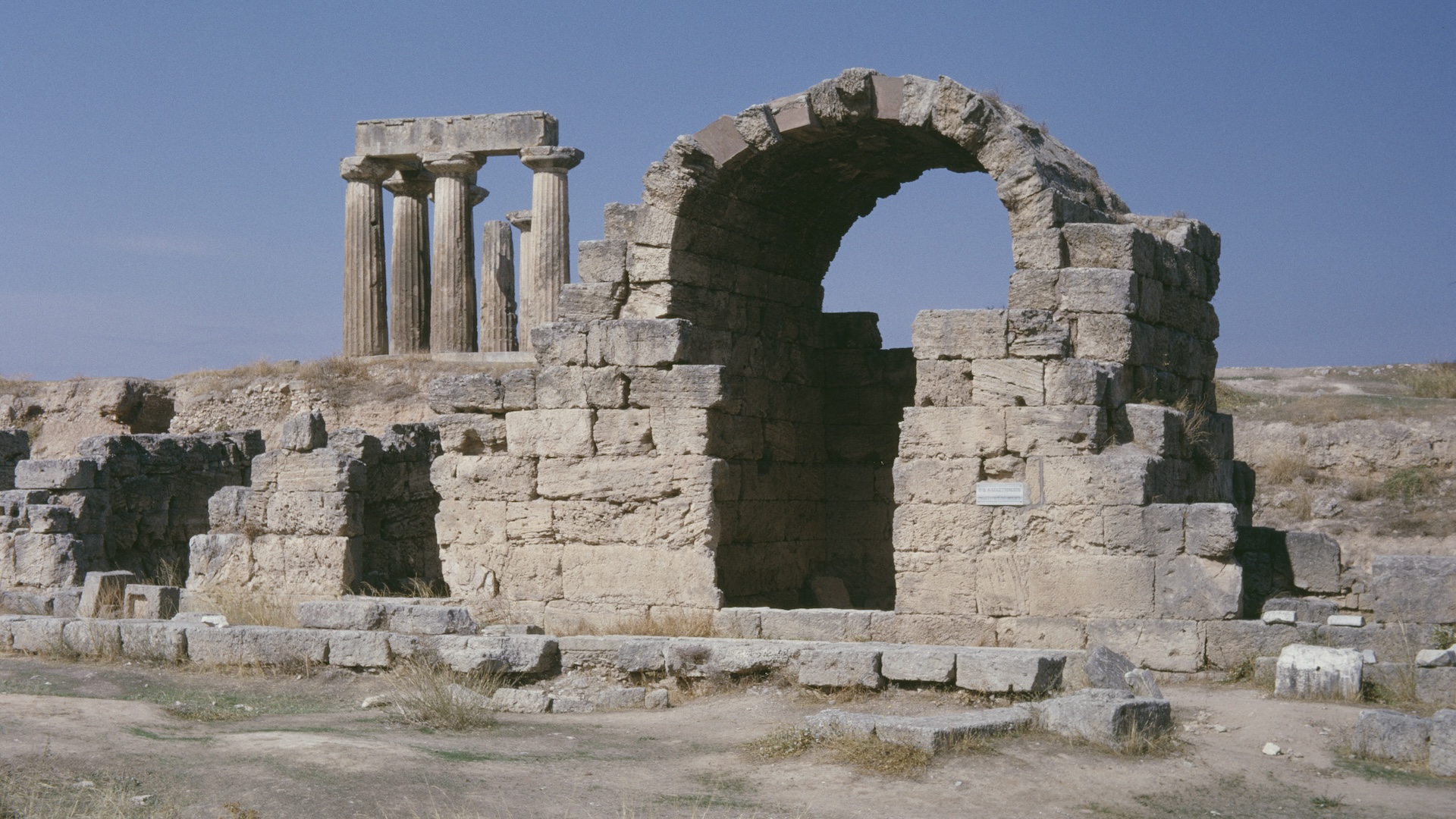
'Lord, make them die an awful death': Prisoner's dark pleas found etched into Roman-era prison
By Owen Jarus published
An archaeologist has identified the rare remains of a Roman prison in Corinth, Greece.
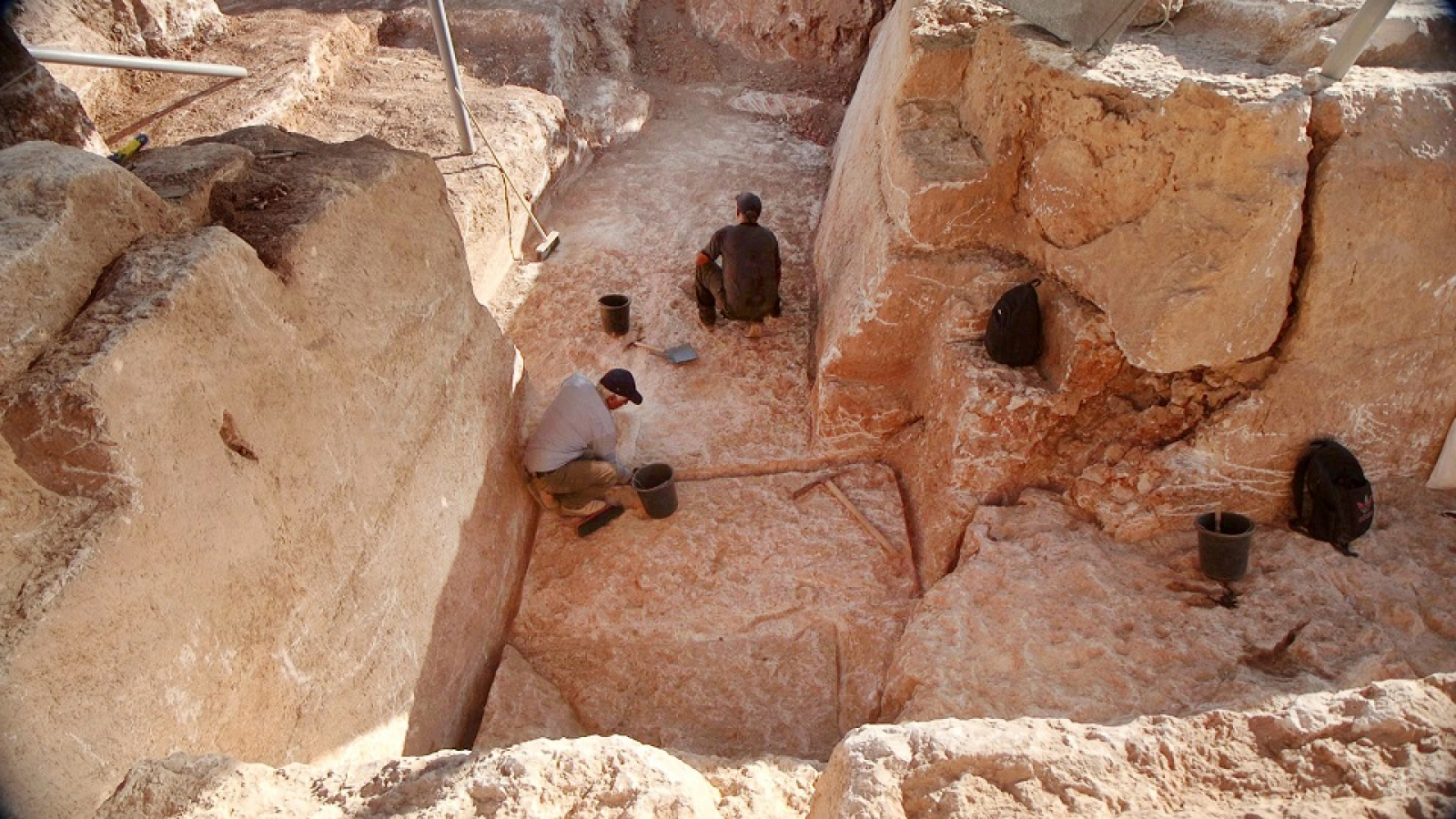
Jerusalem's Second Temple was built with gigantic stone blocks — now we think we know where they came from
By Owen Jarus published
Archaeologists discovered a 2,000-year-old rock quarry in Jerusalem which may have provided the massive stone building blocks used in the Second Temple.
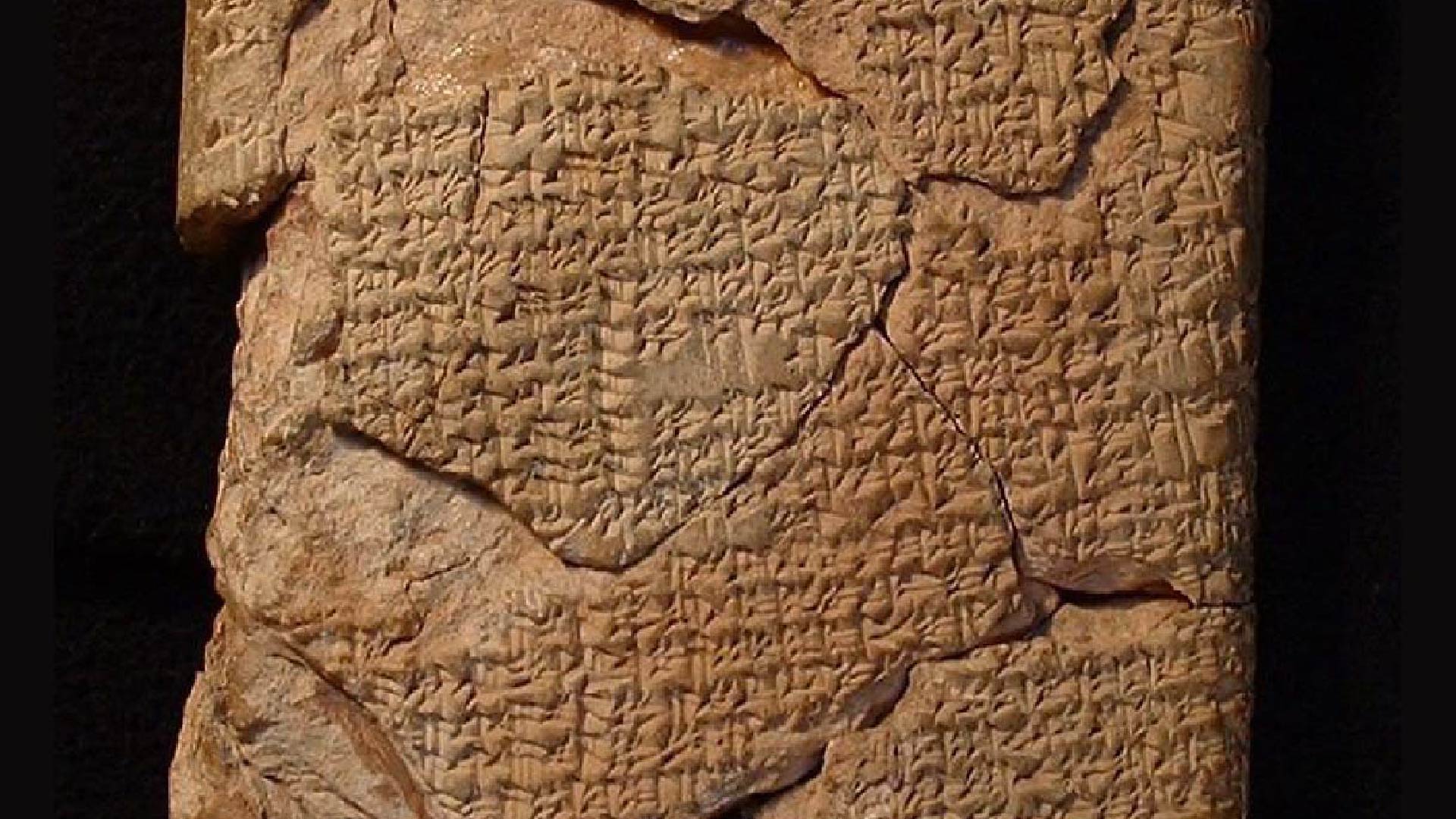
'A king will die': 4,000-year-old lunar eclipse omen tablets finally deciphered
By Owen Jarus published
Tablets added to the British Museum's collection many decades ago have finally been deciphered.
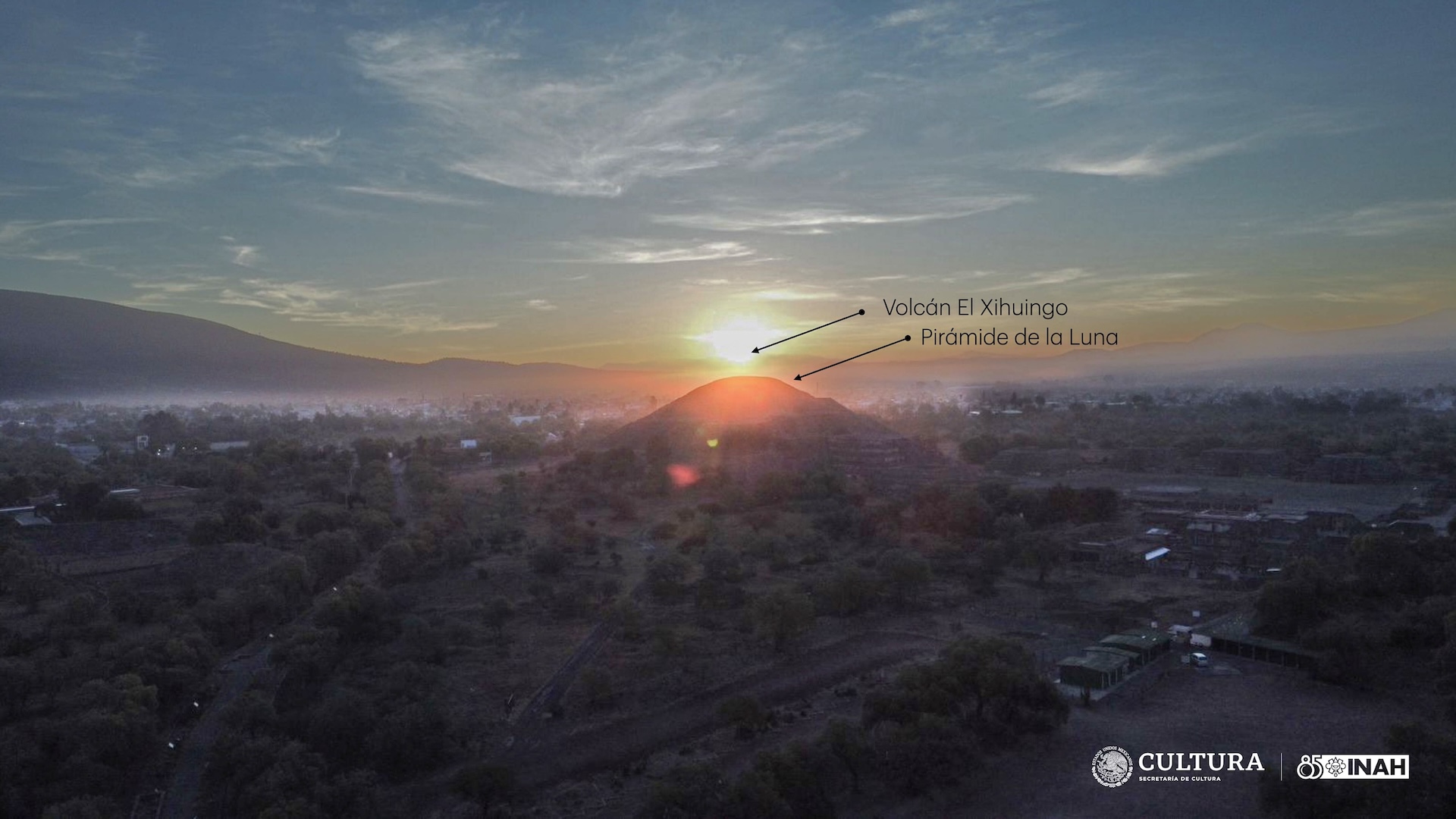
Teotihuacan's 'Pyramid of the Moon' is aligned with the solstice sun, researchers argue
By Owen Jarus published
The "Pyramid of the Moon" in Teotihuacan, an ancient city in Mexico, may align with the solstice sun, a team argues.
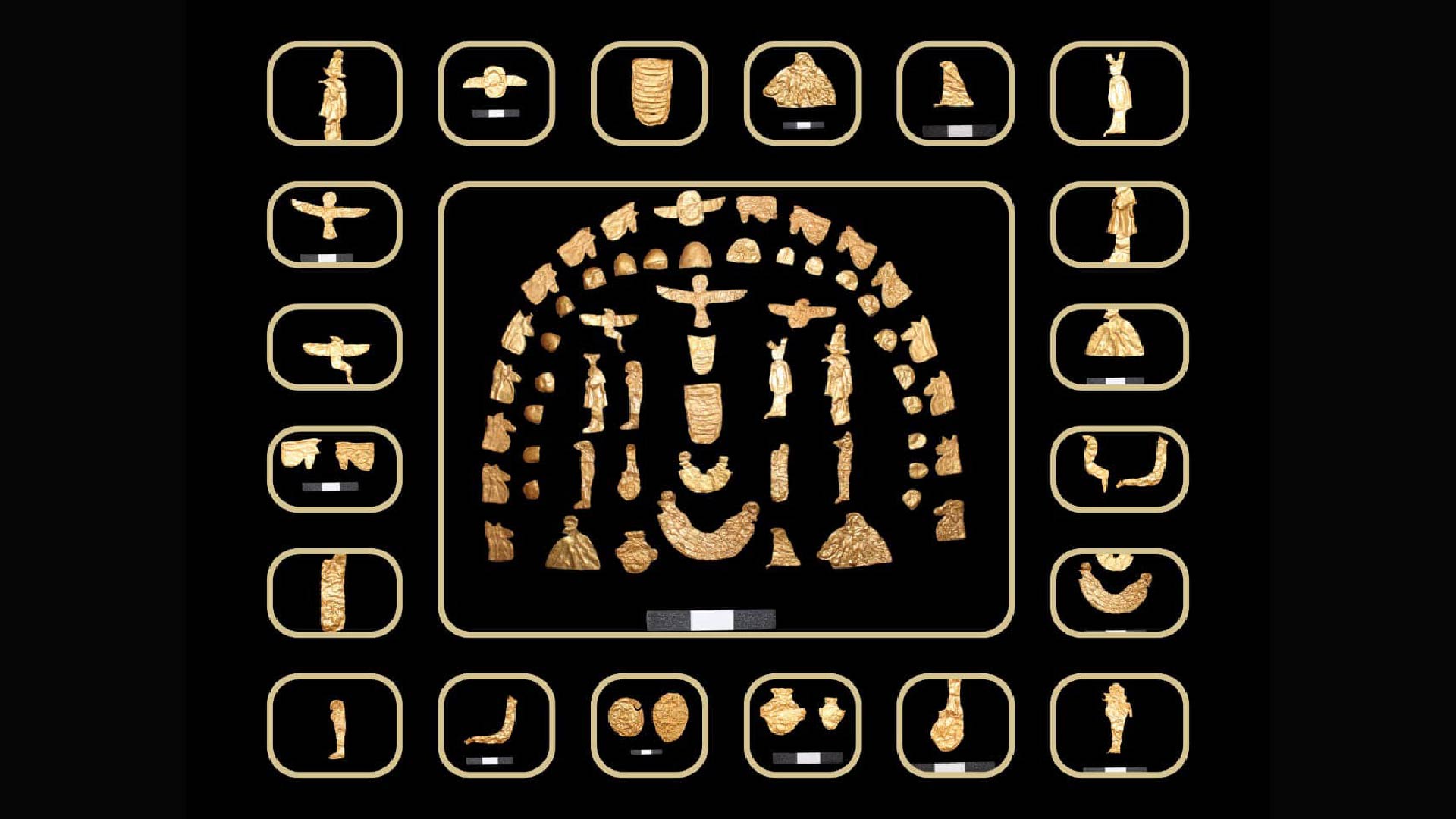
Stunning ancient Egyptian artifacts discovered in more than 60 burials, including 'ba-birds' and 'eye of Horus'
By Owen Jarus published
Grave goods found in 63 burials from ancient Egypt include gold foil figures, pottery and bronze coins.
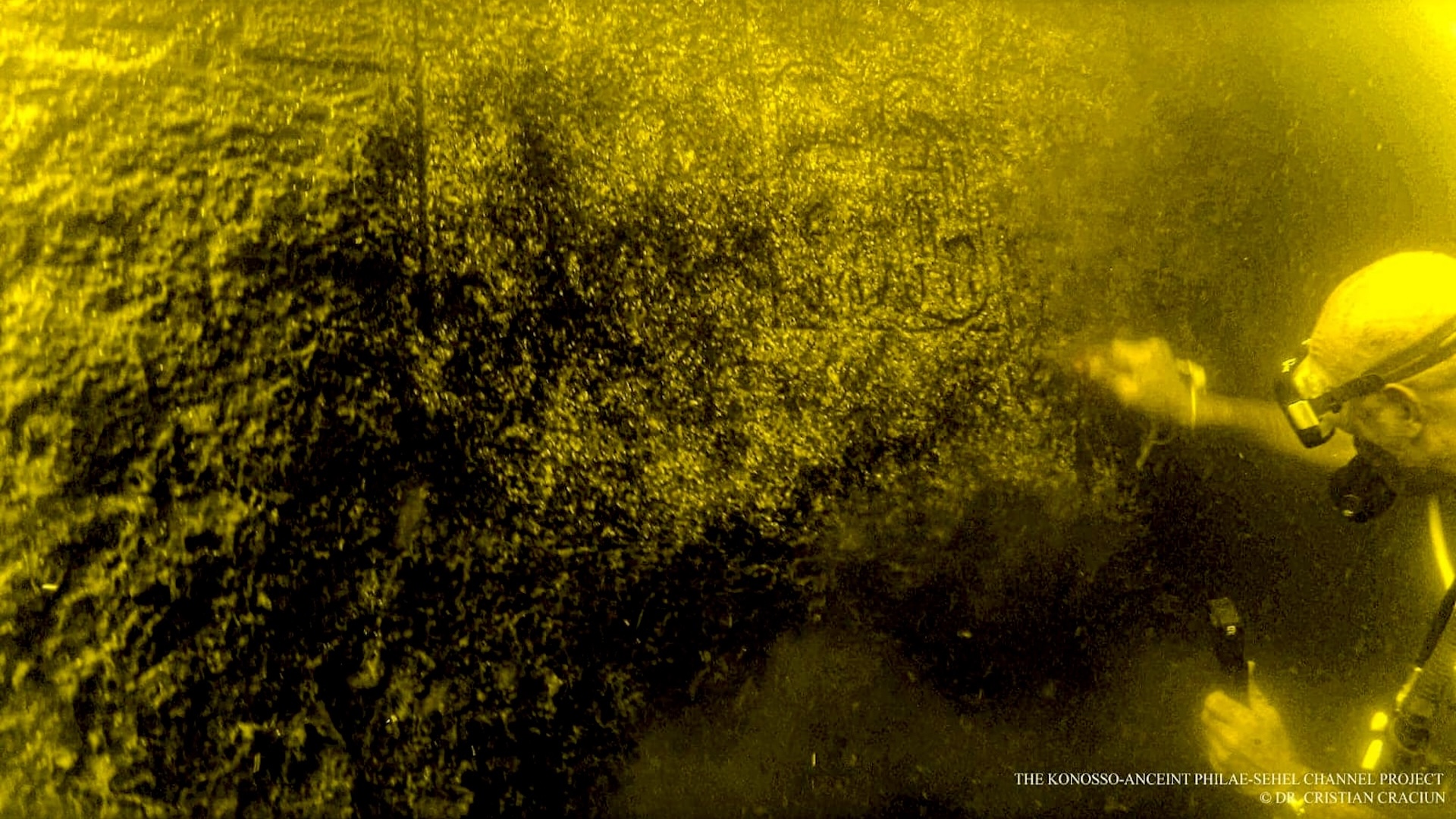
Rock carvings of ancient Egyptian pharaohs found underwater near Aswan
By Owen Jarus published
Archaeologists discovered rock carvings featuring several pharaohs during an underwater expedition near Aswan, Egypt.
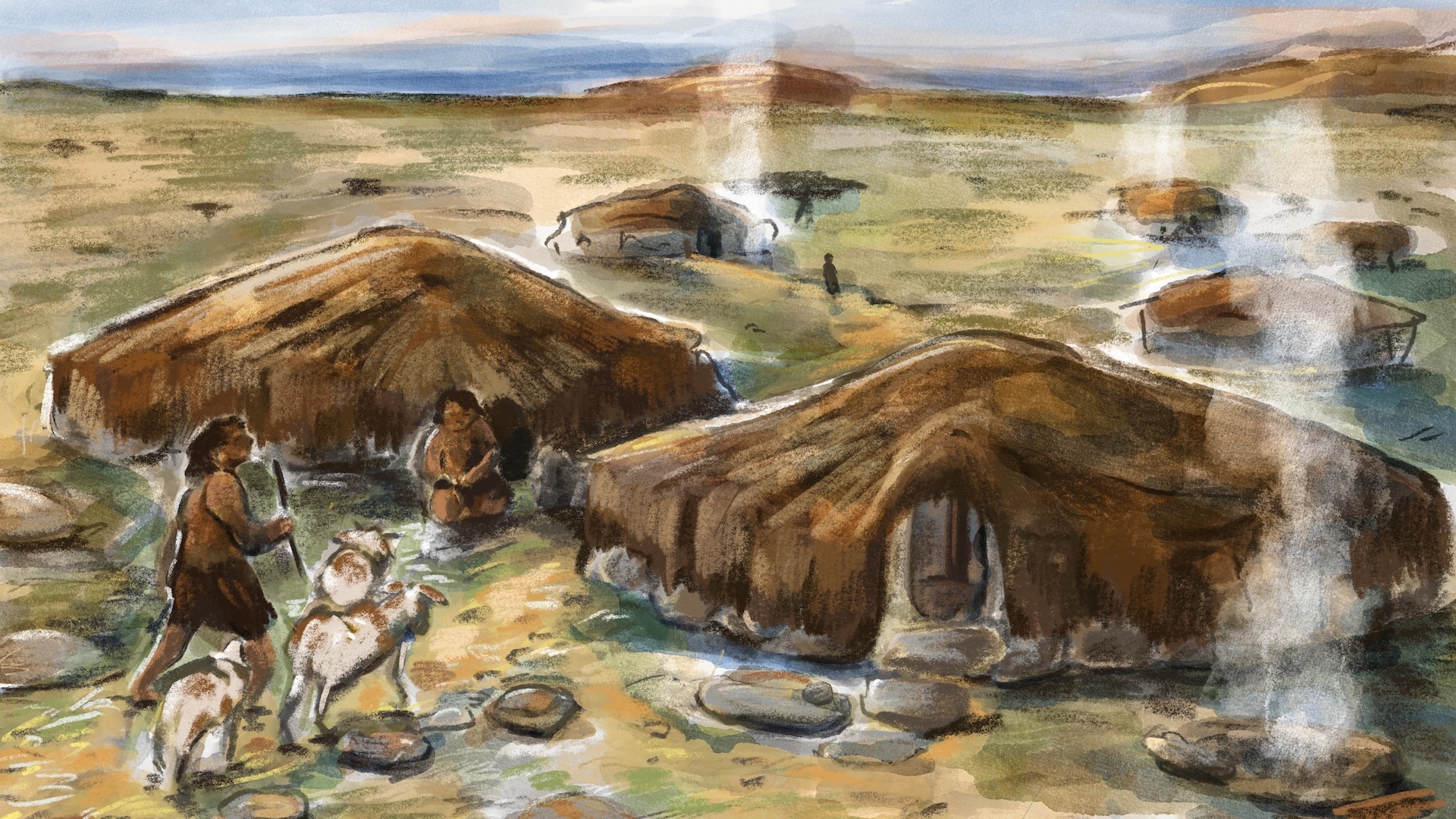
Remains of hundreds of 7,000-year-old 'standing stone circles' discovered in Saudi Arabia
By Owen Jarus published
Archaeologists in Saudi Arabia have now excavated eight ancient stone circles that likely served as homes to people more than 7,000 years ago.

Spartacus, the gladiator who led a slave revolt against the Romans
By Owen Jarus last updated
The Thracian gladiator Spartacus, a popular character in movies and television, outsmarted the Romans until his demise in the first century B.C.
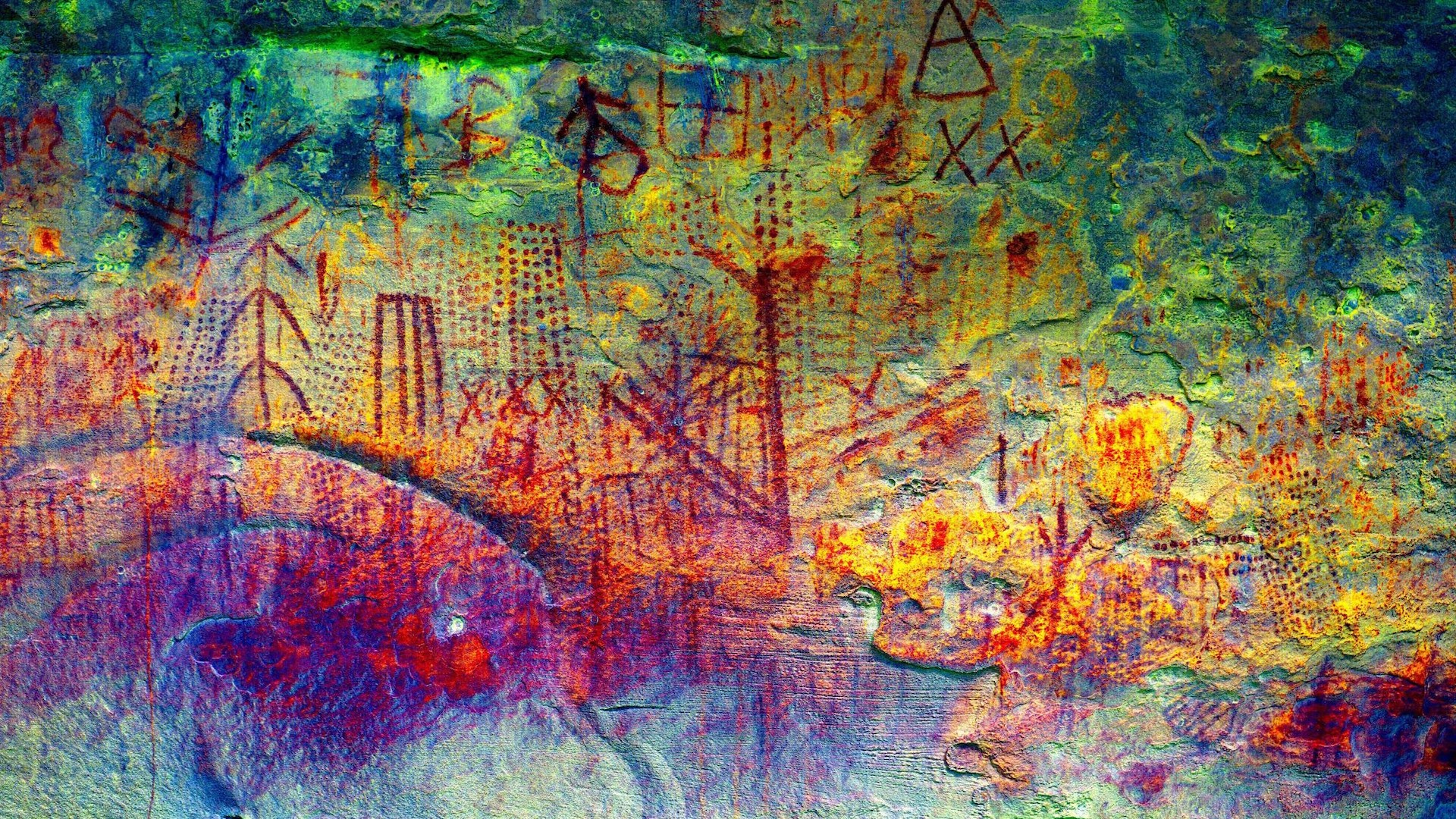
4,000-year-old rock art in Venezuela may be from a 'previously unknown' culture
By Owen Jarus published
Archaeologists in Venezuela have discovered 20 previously unknown rock art sites that are thousands of years old.
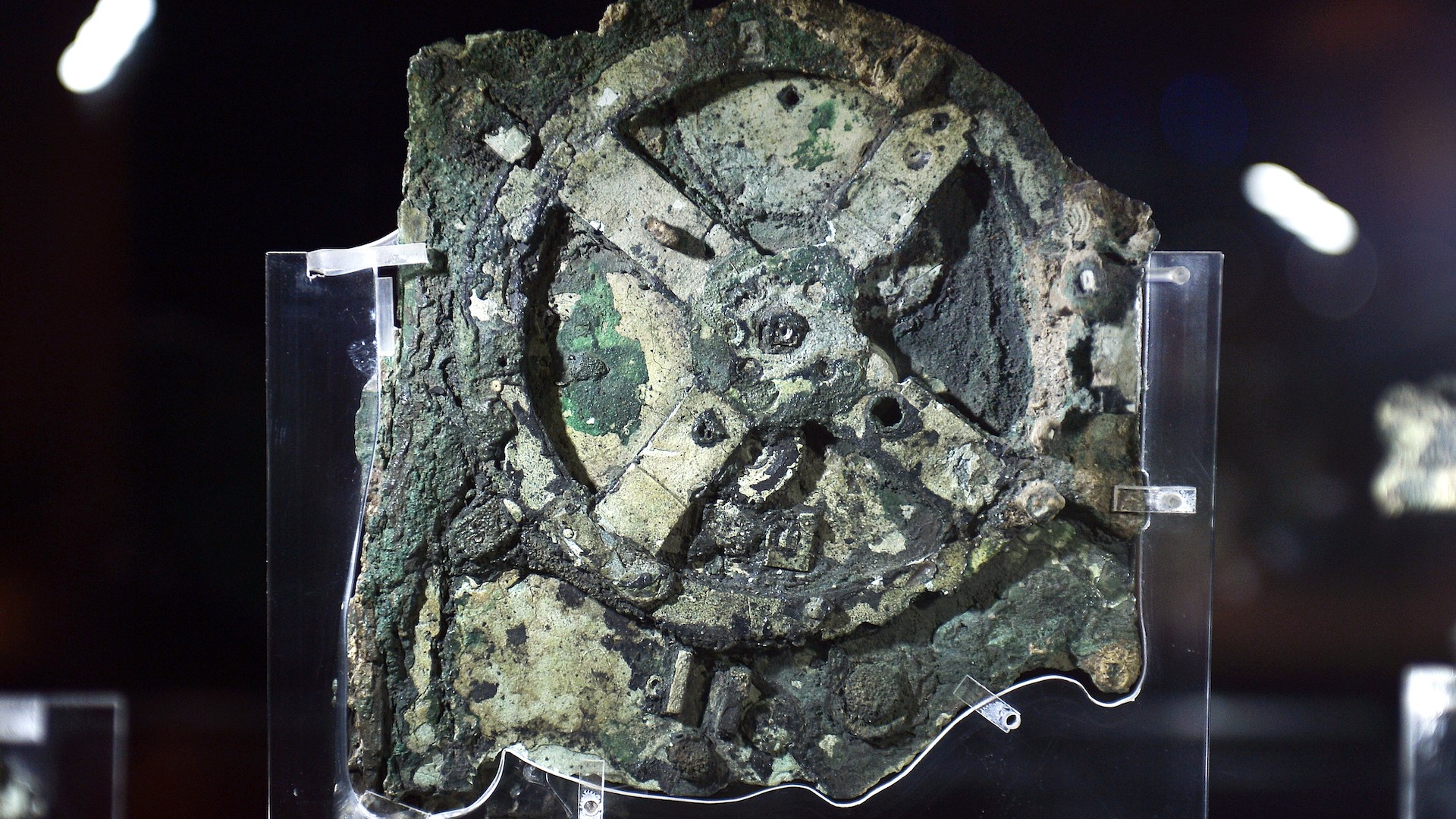
Antikythera mechanism, world's oldest computer, followed Greek lunar calendar
By Owen Jarus published
Researchers previously thought the calendar ring on the Antikythera mechanism tracked the ancient Egyptian calendar, but new research suggests it tracked the Greek lunar calendar instead.
Sign up for the Live Science daily newsletter now
Get the world’s most fascinating discoveries delivered straight to your inbox.
